Experimental Photography 101 – Tips & Resources
There are many ways photographers can capture a scene the way they want to. Amateurs simply let things be and shoot, while pros prefer to inject their own style and creative sense into the photos they take. This is what experimental photography is all about.
Experimental Photography Defined
In the simplest terms possible, experimental photography is often described as using alternative techniques. A photographer who does experimental photography uses techniques that are not common with the usual photography or digital photography.
An experimental photography shot comes out different; unique. It can be a simple scene of a mother and son talking that the photographer turned into something more meaningful or thought provoking because of the alternative process he used to capture the image.
What comes out is a photo with several personal touches based on the photographer’s understanding of the situation or scene. It’s basically like experimenting with a scene in order to make it better.
Sub-Types
Experimental photography can be divided into different sub-types, each one defined by the technique it uses or embraces.
Photomontage
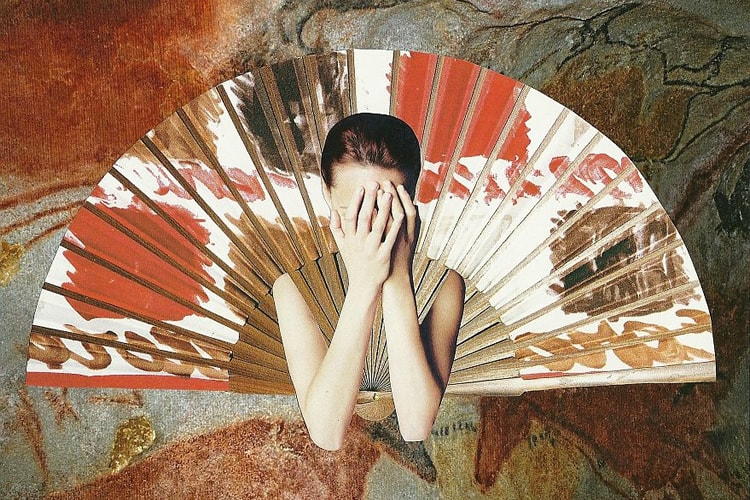
image by Joana Coccarelli
The most common experimental photography sub-type is photomontage. This technique involves the act of combining pieces of photographs and using different types of graphic materials. Back when we weren’t too high-tech yet, a lot of people created a photomontage with the help of scissors and glue. After putting the photos together, the new picture produced by the montage would be processed to create “one scene”.
Today, doing a photomontage is easy with all the digital equipment and photo editing software within our reach. Photographers combine their photos to create a picture that sends out a message.
Gum Prints
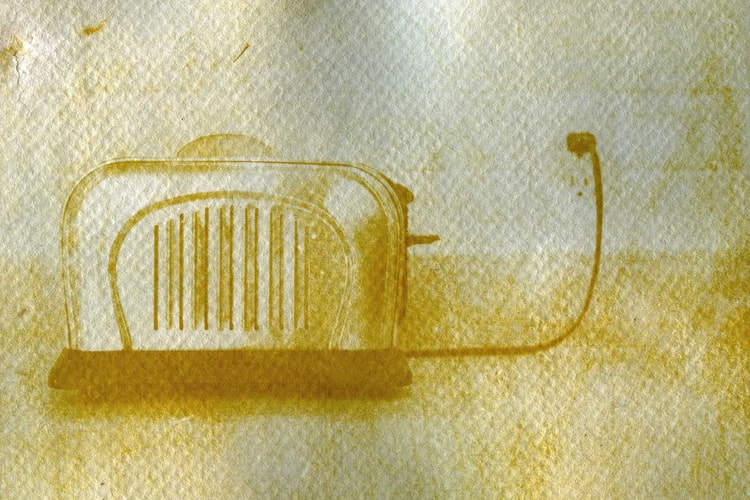
image by Tom Hart
Gum Prints are also favorites when it comes to experimental photography. This technique mainly deals with darkroom processes; not on the way a photo is shot or taken. Photographers use negatives, coatings and exposures to create the effect they want.
Gum Prints use light sensitive dichromates to produce photos that often look unreal and paint-like. Photographers who use this technique can easily manipulate the colors of the photo.
Performance Art Photography
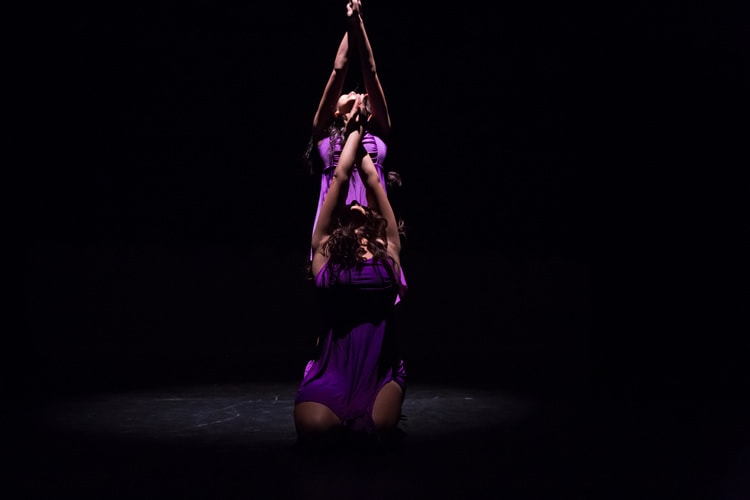
image by usfpasj
The third sub-type is Performance Art Photography, which – obviously – combines photography and performance art. This technique allows photographers to be as creative as possible in producing photo scenes. The continuous advancement of digital media and photography allows photographers to create the art they want to, including those that test their creativity.
Photograms
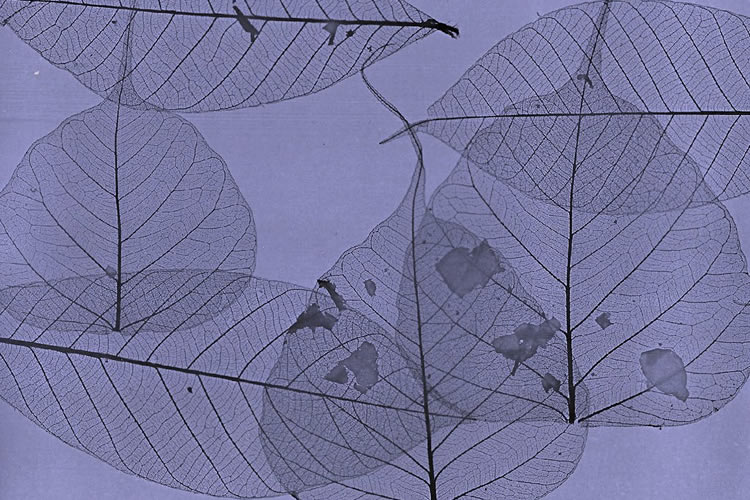
image by Jai
Photograms are not popular with a number of photographers probably because they can be quite limiting. This technique does not involve the use of a camera. It uses light sensitive paper to expose an object to light.
The object is placed directly on the surface of the material (like photographic paper) so that the image comes out like a negative shadow. There are varied results in tone, all depending on the type of object used – semi-transparent or completely transparent. Areas on the paper that come out as white are those that do not get any light; the ones exposed come out as grey.
Solarization
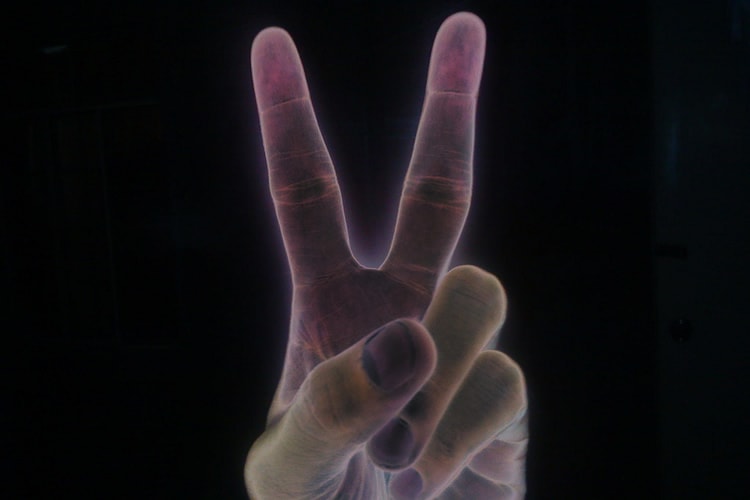
image by dreams & pancakes
Photographers who want a similar effect but prefer to use the help of their cameras go for Solarization. This sub-type uses a kind of post-processing technique that produces photos with reversed tones. Some photographers prefer to treat just one part of the photo, while others treat the whole picture.
The images are recorded on a photographic print or a negative. The dark areas will come out light, while the light areas will come out as dark. One of the secrets of Solarization is continued or extreme exposure.
Cyanotype
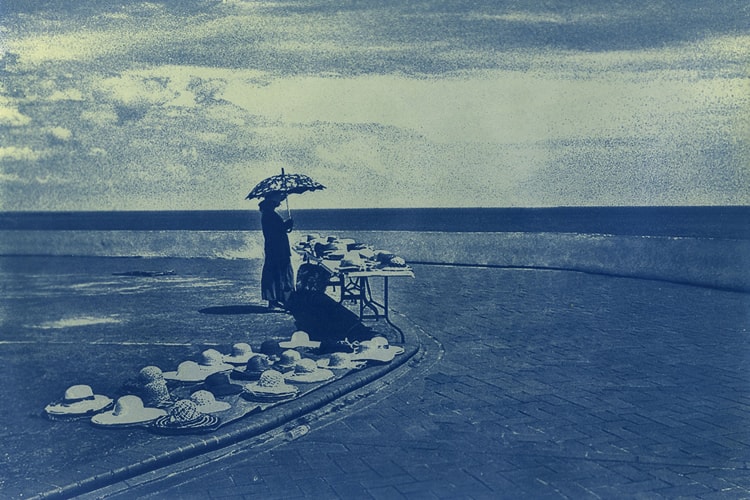
image by Tom Hart
Those who want to use cyanide in creating a photo go for Cyanotype, an experimental photography sub-type or technique that’s defined as a photographic printing process that yields a cyan-blue print – or a blueprint. The chemicals used for this sub-type are potassium ferricyanide and Ferric ammonium citrate. These chemicals are blended together in equal parts. A digital camera is used for taking the photo.
Non-Traditional Sources
There are also non-traditional sources of light and non-traditional cameras that can be used to produce unique photos. Quite a lot of photographers know how to use infrared photography to create the effects they want. Meanwhile, many of today’s cameras can be used for coming up with the best experimental photos. These cameras are called toy cameras and they create interesting, unique photos. Toy cameras are also user-friendly.
A good example of a toy camera is the pinhole camera, which looks like a container with a tight top and a small hole (pinhole) at the center of the one end.
More Experimental Photography Techniques
For photography enthusiasts and newbies, there are simple techniques that can be used to produce interesting and unique photos.
Slow syncing the flash is a good example, especially if the scene is in a low-lighted area. Using the front or rear curtain flash and combining this with ambient lighting will help create an experimental effect.
Taking grainy photos is also an interesting technique. By increasing the ISO, a photographer will be able to get more “noise” into his photo. This is particularly favorable for black and white images.
A creative way of producing unique shots is by zooming the lens in or out while actually taking the photo. The image will come out different, and sometimes can result in an amazing photo.
Finally, using advanced photo manipulating or post processing software will also be a good way of creating experimental photos. A little Photoshop magic here and there will help do the trick.
There are many more techniques and types of experimental photography that you can use to create unique, interesting and even thought provoking photos. Basically, it all boils down to what you want to create and what you want viewers to depict your pictures. Ultimately, what a photographer feels about a scene will help him come up with a photo that is uniquely his own – whether he uses experimental photography or prefers to shoot as he goes.
